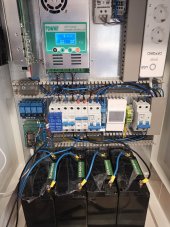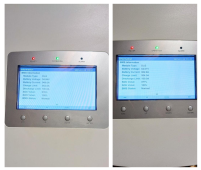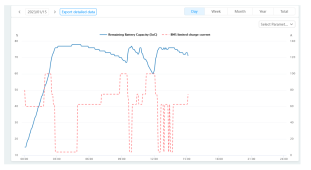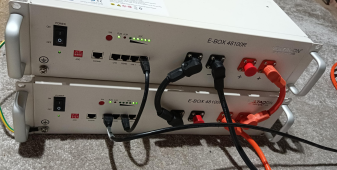Hello everyone, i'm planning to extend my small DIY off-grid system, i would like to add a Pytes E-BOX-48100R battery (currently i'm using 4x 12V / 30 Ah LiFePO4 in series). Maybe my question seems odd, but i haven't found this information:
can i use these type of batteries with a "dumb" solar controller and inverter? I'm using an MPPT charger which doesn't have CAN or RS485 (nor my inverter). Does this work, connecting the inverter and the charger directly to the battery (via busbars) and not connecting anything to RS485 / CAN?
can i use these type of batteries with a "dumb" solar controller and inverter? I'm using an MPPT charger which doesn't have CAN or RS485 (nor my inverter). Does this work, connecting the inverter and the charger directly to the battery (via busbars) and not connecting anything to RS485 / CAN?
Last edited:








